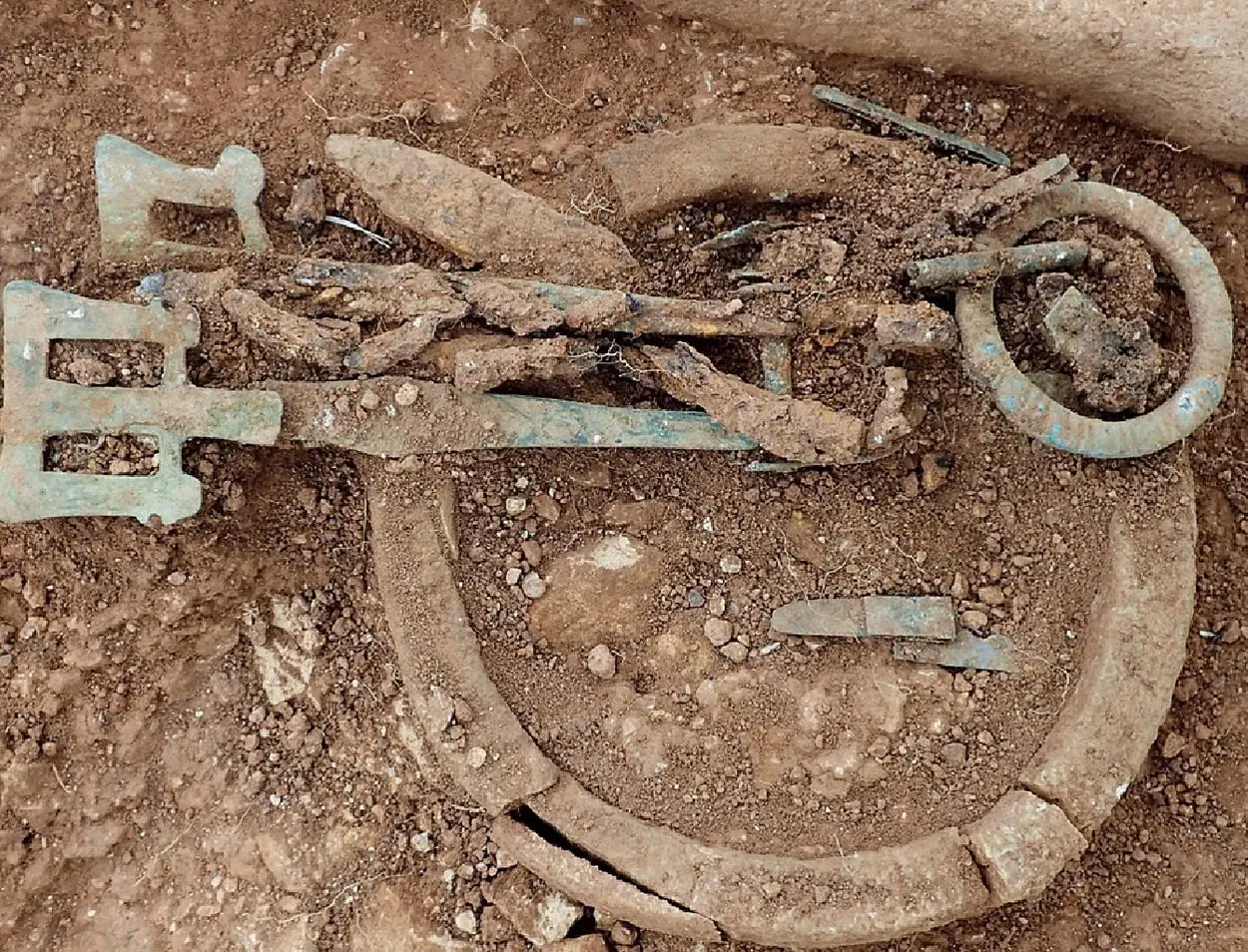Ivory bag rings found in more than 70 Anglo Saxon cemeteries in England have origins from African elephants according to a new study.
Bag rings are commonly found in high status female burials from the late-5th and 7th centuries AD, but the source of the ivory has long been debated since the 19th century, with walrus and mammoth ivory considered as possible contenders to elephantid ivory.
Recent excavations of an Anglo-Saxon cemetery in Scremby, Lincolnshire, have found elaborate female burials containing bag rings which have been subject to a study using radiocarbon dating and a Zooarchaeology study by mass spectrometry (ZooMS).
According to the study: “Strontium analysis was also used to identify the place of residence of the elephantids at the time of tusk formation. Through a multi-methodological approach, we have established that the ivory used for the Scremby bag rings came from elephants living in an area of young volcanic rocks in Africa at some point during the 5th and 6th centuries AD.”
The strontium isotope values indicates a region around Eastern Africa, with the ivory likely entering Northern Europe from the Kingdom of Aksum, located in modern-day Eritrea and northern Ethiopia.
The Aksumite Kingdom emerged in the former historical kingdom of Dʿmt, first documented in a trading guide called the ‘Periplus of the Erythraean Sea’ from around the mid-1st century AD. The Kingdom was centred on the capital of Aksum near the base of the Adwa mountains, situated to control both the highland and coastal regions of northern Ethiopia.
According to the Periplus text, the position of the Aksumite Kingdom in international terms, played an important role in the transcontinental trade route between Rome and India from an early stage.
The Kingdom played a prominent role in the supply of ivory until the 7th century AD. This coincided with the early Islamic conquests and expansion into North Africa, which established a trade monopoly between the region and the Mediterranean.
Perhaps related to the disrupted trade routes to the West was the marked decline in the occurrence of ivory bag rings in Anglo-Saxon graves dating from the 7th century onwards. This was also a time of flux in England that saw wider changes to burial practices in part due to the re-establishment of Christianity.
https://doi.org/10.1016/j.jasrep.2023.103943
Header Image Credit : Science Direct







